Table of Contents
The Majestic Mastiff Dog
The Mastiff, often known for its imposing size and gentle demeanor, is a breed that has captured the hearts of dog lovers worldwide. Known for their loyalty, courage, and protective nature, Mastiffs are a popular choice among dog owners seeking a dependable and loving companion. This article delves into the rich history, physical characteristics, temperament, health, care, training, and overall suitability of the Mastiff as a family pet. We’ll also explore some fun facts and similar breeds to give you a well-rounded understanding of this magnificent dog.
History and Origin
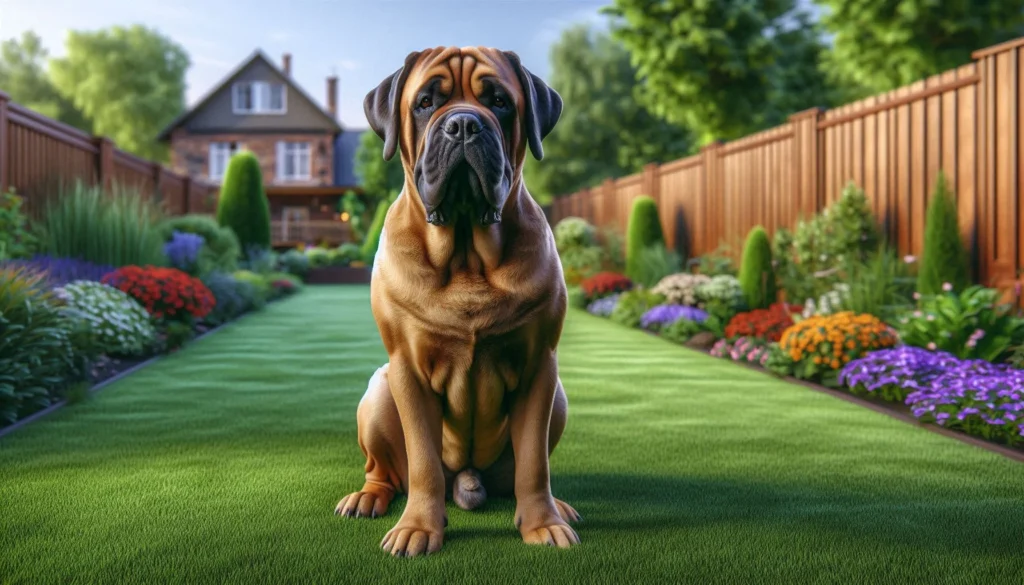
The Mastiff is one of the oldest and most storied dog breeds, with roots tracing back over 5,000 years. Originating in ancient civilizations such as Egypt, Persia, and Babylon, these dogs were initially bred for their strength and size to guard property, hunt large game, and even participate in wars. The breed made its way to Europe, where it was further developed, particularly in England, to become the formidable yet gentle giant we know today.
One interesting historical fact is that Julius Caesar mentioned the Mastiff in his accounts of his invasion of Britain in 55 B.C. He was so impressed by their bravery and strength that he brought some back to Rome to participate in gladiatorial events. Over the centuries, the Mastiff’s role evolved from a warrior and hunter to a guardian and family pet.
Physical Characteristics
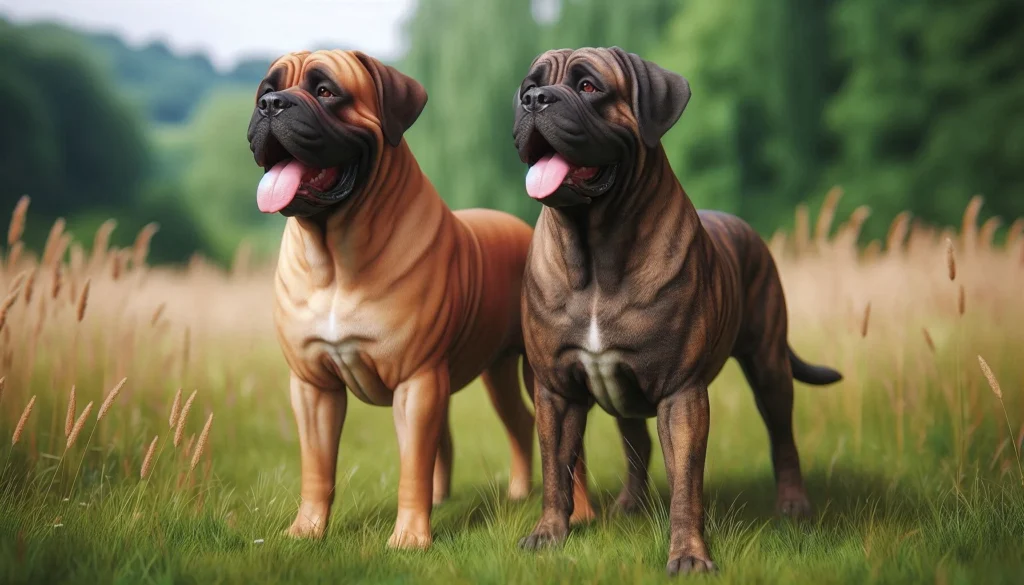
Size and Build
Mastiffs are one of the largest dog breeds, with males typically weighing between 160-230 pounds and females ranging from 120-170 pounds. They stand tall, with males measuring 30-36 inches at the shoulder and females around 27.5-34 inches. Their massive build is muscular and powerful, giving them a commanding presence.
Coat and Colors
The Mastiff’s coat is short and dense, providing a sleek yet protective layer. They come in various colors, including fawn, apricot, and brindle. A distinctive feature is their black mask, which covers the muzzle and sometimes extends around the eyes, giving them a noble and imposing look.
Distinctive Features
Apart from their size, Mastiffs are known for their broad heads, deep-set eyes, and wrinkled foreheads. Their ears are small and V-shaped, lying close to the head, and their tails are long and tapering, usually carried low.
Temperament and Personality
Interaction with People
Despite their formidable appearance, Mastiffs are known for their gentle and affectionate nature. They are deeply loyal and form strong bonds with their families. They are often described as “gentle giants” because of their calm and composed demeanor. Mastiffs are protective and will act to defend their loved ones if they sense a threat, but they are not typically aggressive without reason.
Interaction with Children
Mastiffs are excellent with children, displaying patience and tolerance. Their size, however, means that supervision is necessary, especially with smaller children, to prevent accidental knocks or falls. Their gentle nature makes them wonderful family pets who can be trusted around kids.
Interaction with Other Animals
Mastiffs generally get along well with other animals, especially if they are socialized from a young age. They can coexist peacefully with other dogs and even cats, although their size can be intimidating to smaller pets initially.
Health and Lifespan
Common Health Issues
Mastiffs are prone to several health issues, including hip dysplasia, elbow dysplasia, and heart conditions such as dilated cardiomyopathy. Bloat (gastric torsion) is another serious condition that can affect Mastiffs, often requiring immediate medical attention.
Lifespan
The average lifespan of a Mastiff is relatively short, typically ranging from 6 to 10 years. However, with proper care and regular veterinary check-ups, some Mastiffs can live longer, healthier lives.
Tips for Keeping Your Mastiff Healthy
- Regular Exercise: While Mastiffs are not overly energetic, they do require regular exercise to maintain a healthy weight and muscle tone.
- Balanced Diet: A diet rich in high-quality protein, healthy fats, and essential vitamins and minerals is crucial. Avoid overfeeding, as obesity can exacerbate health issues.
- Routine Veterinary Care: Regular check-ups, vaccinations, and preventive care are essential to monitor and manage potential health problems.
- Joint Support: Supplements like glucosamine and chondroitin can help support joint health, especially in older Mastiffs.
Care and Grooming

Grooming Needs
Mastiffs have relatively low grooming needs. Their short coat requires weekly brushing to remove loose hair and keep the coat shiny. Regular baths, nail trimming, and ear cleaning are also essential parts of their grooming routine.
Exercise Requirements
Mastiffs need moderate exercise to stay healthy. Daily walks and some playtime in a fenced yard are sufficient. They are not overly active indoors, making them suitable for apartment living as long as they get their daily outdoor exercise.
Dietary Recommendations
A balanced diet is crucial for a Mastiff’s health. High-quality commercial dog food formulated for large breeds is a good option. It’s essential to provide the right amount of food to prevent obesity, which can lead to various health issues.
Training and Socialization
Training Tips
- Consistency is Key: Mastiffs respond well to consistent and positive reinforcement training methods.
- Start Early: Begin training and socialization as early as possible to ensure a well-behaved adult dog.
- Patience: Mastiffs can be stubborn at times, so patience and persistence are essential.
Socialization
Early socialization is crucial for Mastiffs to develop into well-rounded dogs. Expose them to various people, animals, and environments to build their confidence and reduce any potential fear or aggression.
Challenges
Due to their size and strength, training a Mastiff can be challenging for first-time dog owners. Professional training classes can be beneficial to ensure they are well-mannered and obedient.
Suitability as a Family Pet

Living Environment
Mastiffs are adaptable to various living environments, including apartments, as long as they receive adequate exercise. They require space to move around comfortably, so a house with a yard is ideal.
Energy Levels
Mastiffs have moderate energy levels. They enjoy lounging around the house but also need regular exercise to stay healthy. They are not overly demanding in terms of physical activity, making them suitable for families with varying activity levels.
Fun Facts and Trivia
- Ancient Warriors: Mastiffs were used in ancient wars and gladiatorial events due to their strength and bravery.
- Record Holder: The heaviest dog ever recorded was a Mastiff named Zorba, who weighed 343 pounds.
- Gentle Giants: Despite their size, Mastiffs are known for their gentle and affectionate nature, earning them the nickname “gentle giants.”
Similar Dog Breeds to Mastiff
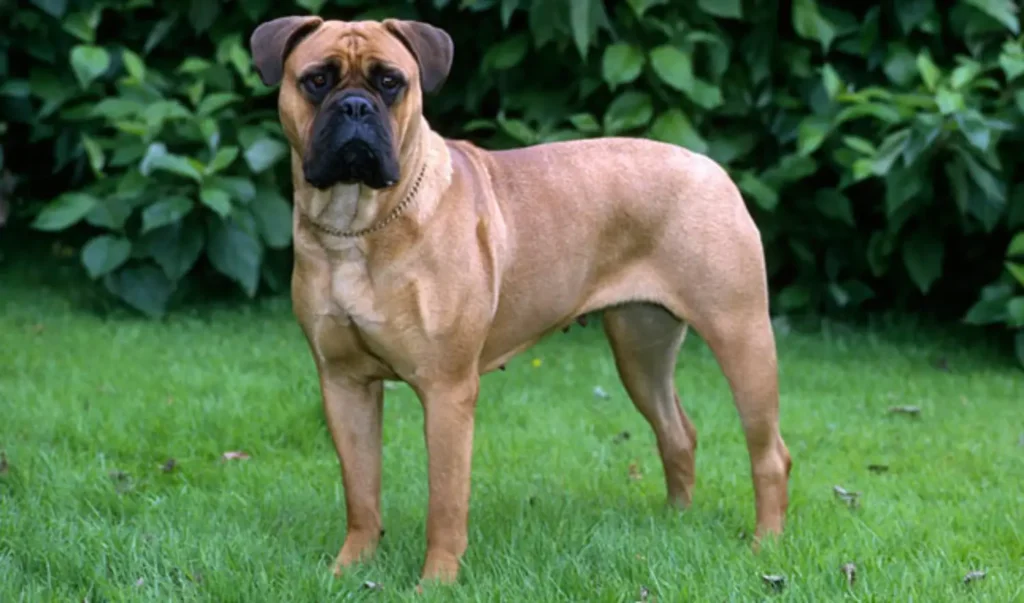
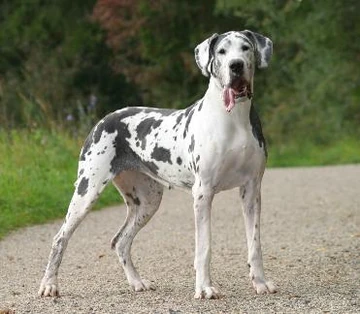
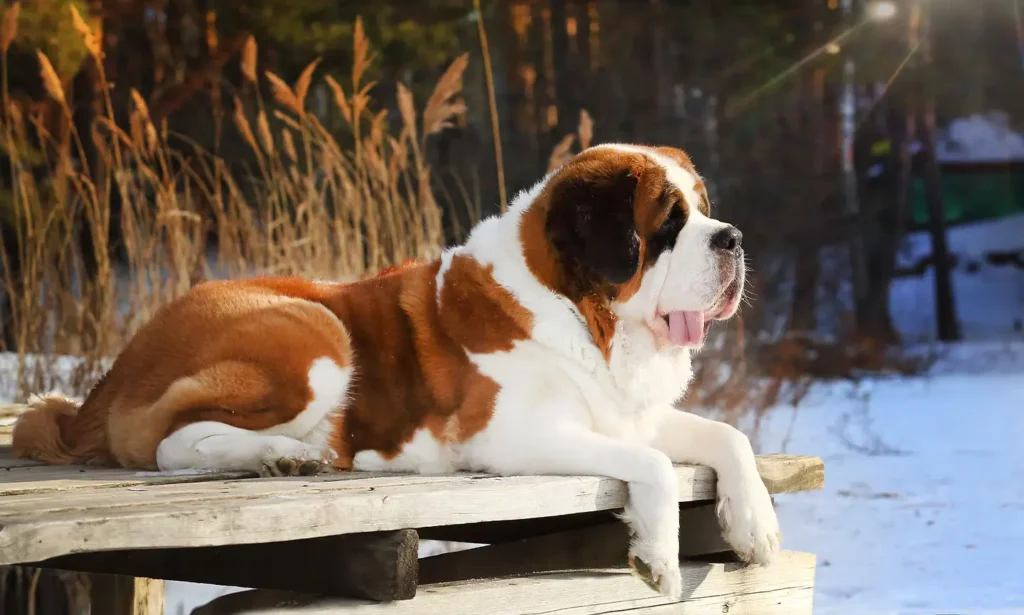
1. Bullmastiff
The Bullmastiff is a cross between a Mastiff and a Bulldog. They are slightly smaller than Mastiffs but share a similar build and protective nature. Bullmastiffs are known for their loyalty and make excellent guard dogs.
2. Great Dane
Great Danes are another giant breed known for their impressive size and gentle temperament. They are taller but leaner than Mastiffs and are often referred to as the “Apollo of dogs.” Great Danes are friendly, affectionate, and great with families.
3. Saint Bernard
Saint Bernards are large, gentle dogs originally bred for rescue work in the Swiss Alps. They share the Mastiff’s gentle nature and are known for their loyalty and protective instincts. Saint Bernards are excellent family pets and are particularly good with children.
Conclusion
The Mastiff is a breed that combines strength, loyalty, and a gentle nature, making it a wonderful family pet and guardian. Their rich history, impressive physical characteristics, and affectionate personality make them a unique and beloved breed. However, potential owners should be prepared for their size and specific care needs. If you’re considering adding a Mastiff to your family, take the time to understand their requirements and ensure you’re ready for the commitment.
In conclusion, the Mastiff is a breed that offers a unique combination of strength, loyalty, and gentleness. With proper care, training, and socialization, they can be a wonderful addition to any family. Whether you’re drawn to their historical significance or their affectionate nature, the Mastiff is a breed worth considering for those seeking a dependable and loving companion.
FAQ
Is the Mastiff a dangerous dog?
Mastiffs are not inherently dangerous. They are gentle and affectionate with their families and generally well-behaved. However, due to their size and protective nature, proper training and socialization are essential to ensure they are well-mannered and obedient.
Is the Mastiff the best guard dog to protect you or your family?
Mastiffs are excellent guard dogs due to their protective instincts and loyalty. Their imposing size alone can deter potential intruders. While they are not aggressive without cause, their presence and bravery make them effective protectors of their families.